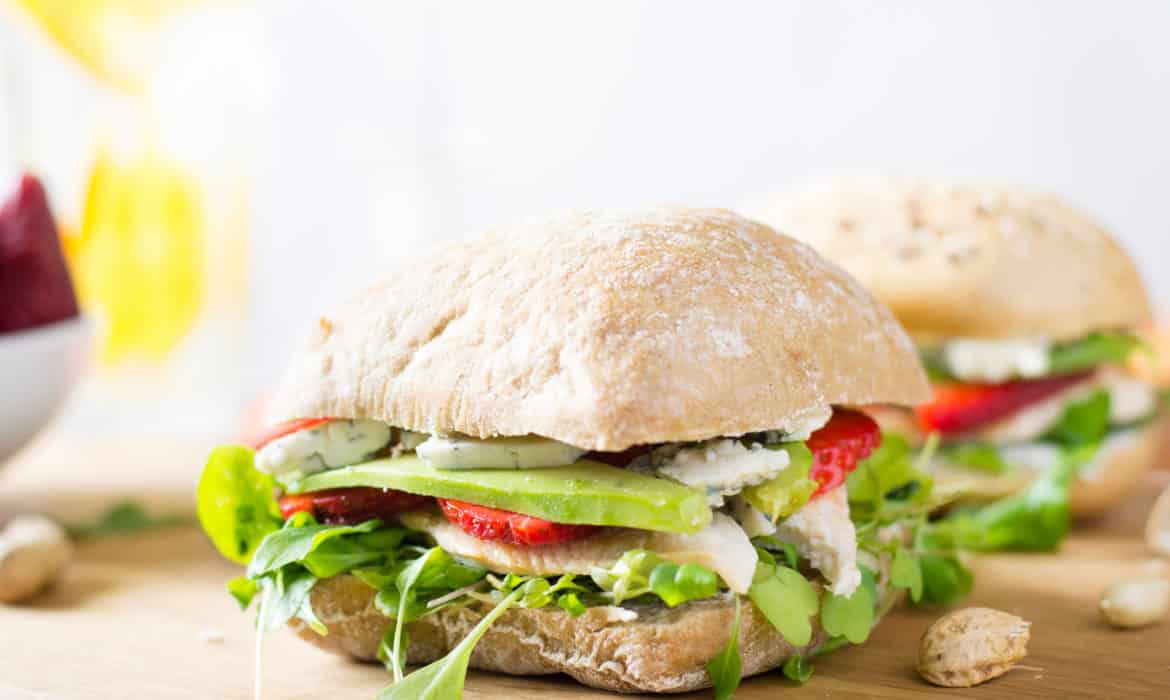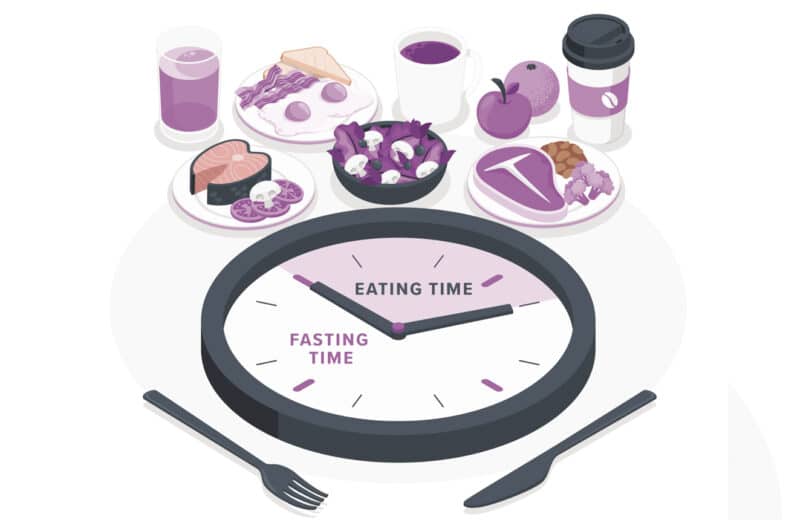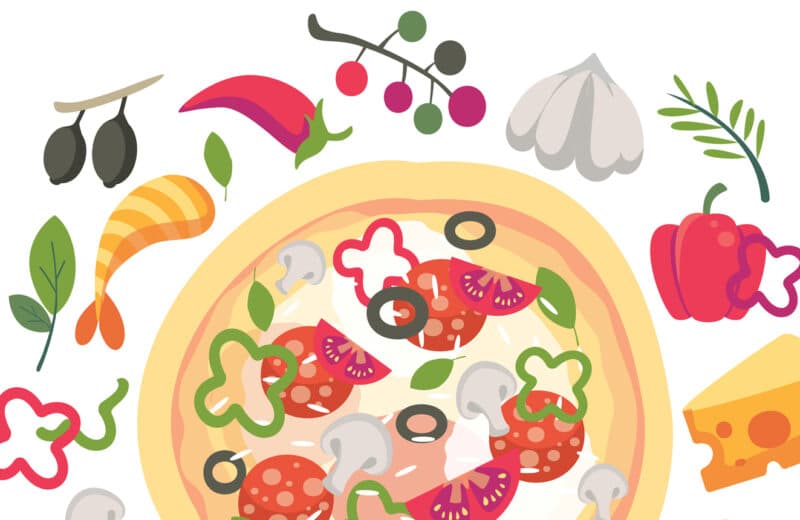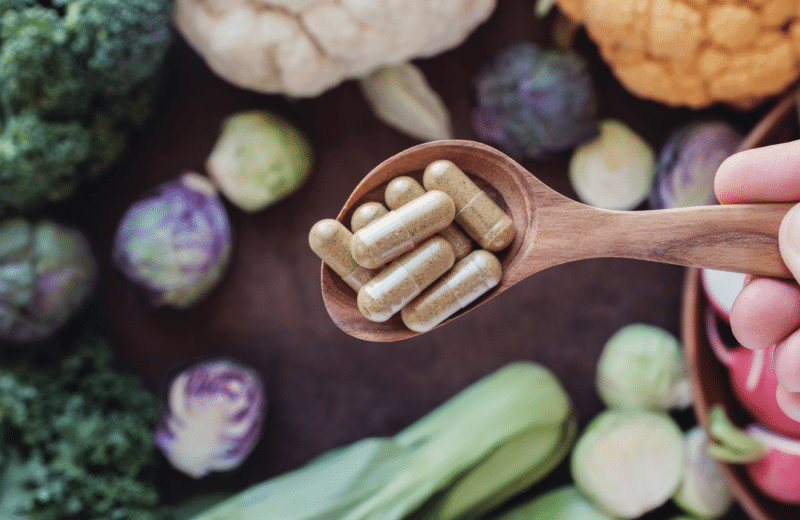Environmental Nutrition Newsletter
Sandwiches … harmless, right? A couple of slices of bread filled with a bit of lean meat and maybe some veggies. Sure, if you make them at home, sandwiches can make a great light lunch or dinner entree. But picking up a deli-style sandwich at a restaurant is another story. Those sandwiches are often overly stuffed with meat, overly slathered with mayonnaise, and overly salted. That doesn’t mean you can’t fit a restaurant “sammie” into a healthy eating plan. As long as you know what to look for, there are healthier choices to be made.
The biggest concerns when choosing a sandwich are those piles of animal products (meats and cheese) and rich sauces and seasonings, providing hefty amounts of saturated fat and sodium. Multiple sandwiches on our list contain much more than a day’s worth of sodium; and one has more than two days’ worth of saturated fat. It’s also important to think about the positive impact a sandwich can make; they are a great opportunity to boost your fiber intake by choosing whole grain breads, and increase your veggie intake with healthful fillings, like lettuce, tomatoes, cucumbers and avocado.
Helpful hints
Think of these tips the next time you’re perusing a sandwich menu.
Downsize it: Even the healthiest restaurant sandwiches can be so tall you have to use a knife and fork to eat them, which often means more calories, sodium and saturated fat. To enjoy them without overdosing on less-than-healthy nutrients, choose the smallest size available. If only one size is offered, consider sharing it with a friend or taking half home.
Don’t go it alone: Most sandwiches don’t present a nutritionally well-rounded meal in one. Consider having a serving of fruit, salad, or vegetable-rich soup on the side to maximize your nutritional intake.
Change it up: Don’t be afraid to make special requests to improve your sandwich. Skip the sauce or get it on the side, ask for your meat to be grilled instead of fried, and request extra lettuce, tomato or other vegetables.
(Reprinted with permission from Environmental Nutrition, a monthly publication of Belvoir Media Group, LLC. 800-829-5384. www.EnvironmentalNutrition.com.)
(c) 2017 BELVOIR MEDIA GROUP. DISTRIBUTED BY TRIBUNE CONTENT AGENCY, LLC.












